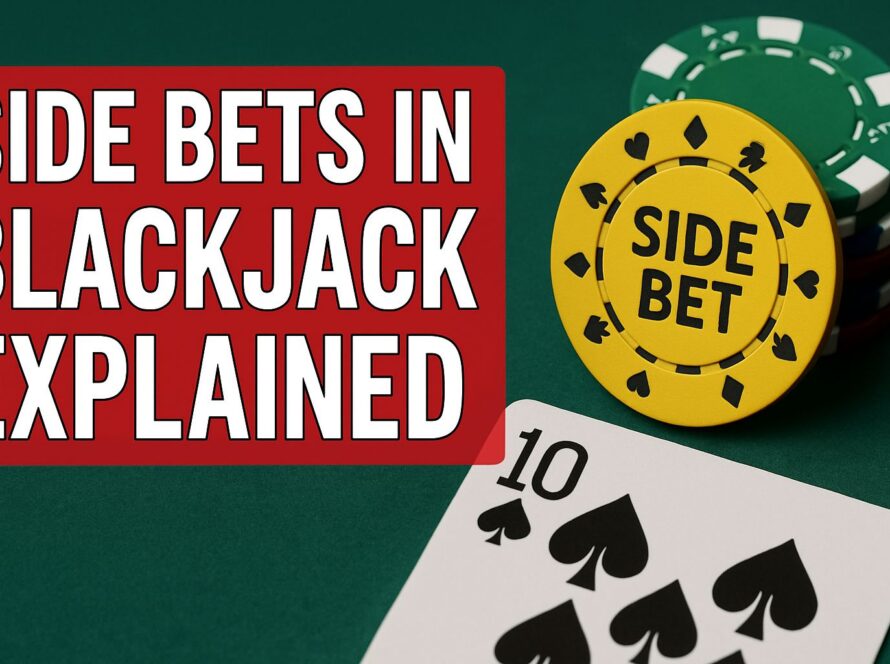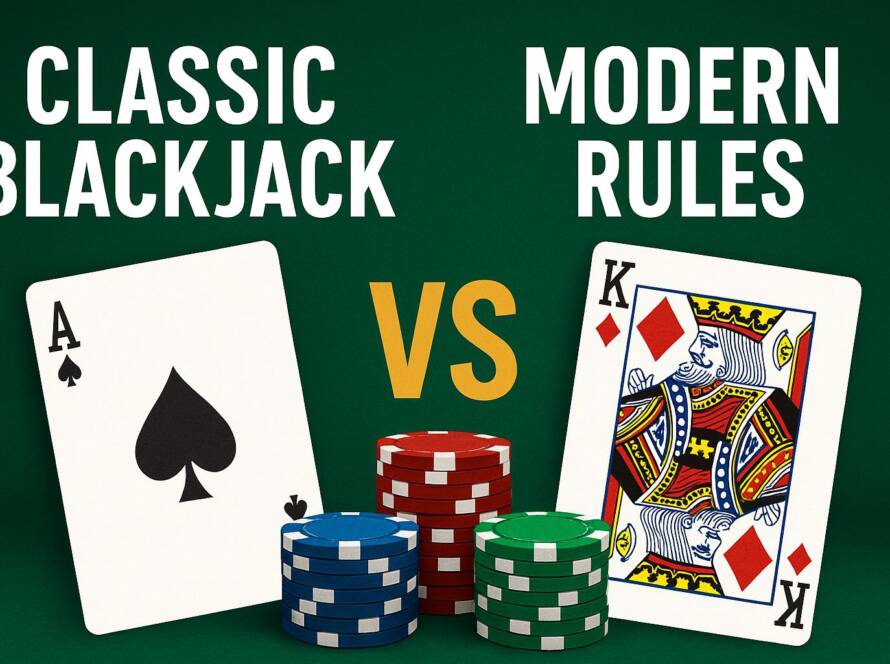Card counting in Spanish 21 is one of the most debated strategies among advantage players, and for good reason. Spanish 21 offers player-friendly rules that seem ideal for counters – but it also removes all 10s from the deck, making traditional systems less effective.
So does card counting actually work in this blackjack variant, or is it a trap masked in opportunity? Let’s break down the math, mechanics, and myths behind it to find out what really gives you the edge – or doesn’t.
Table of Contents
How Spanish 21 Differs from Blackjack
Spanish 21 looks like blackjack, but there are enough rule changes to throw off any regular counting system. The most notable difference is that the game uses Spanish decks, which means all 10s are removed, reducing the total to 48 cards per deck. But that’s just the start.
Key Rule Differences That Affect Strategy
- No 10s in the deck: This impacts high card ratios and changes the effect of card removal.
- Player 21 always wins: Even against a dealer’s 21, which reduces house edge.
- Bonus payouts for 21s: Hands with 5 or more cards get premium payouts.
- Double at any time: You can double down on any number of cards.
- Late surrender: Allowed even after the dealer checks for blackjack.
- Re-doubling and splitting flexibility: You can split multiple hands and double after.
These extra rules shift the entire framework of the game – and make card counting in Spanish 21 very different from classic blackjack.
Can You Count Cards in Spanish 21?
Yes, but the strategy is much more complicated and less profitable than in regular blackjack.
Spanish 21 card counting is possible, but it’s less effective because the removal of 10s weakens traditional count systems like Hi-Lo. Normally, 10s and aces are critical for the player, and counting systems are designed to track the ratio of low cards to high cards. In Spanish 21, the absence of 10s reduces the weight of high cards in the deck, making it harder to get a strong positive count.
- No 10s = fewer blackjacks
- High cards lose some power due to fewer chances for natural 21s
- Bonus payouts can’t be predicted by count alone
- More rules = more variables, which are harder to track mentally
You can still count, but the signal-to-noise ratio is lower, and the edge you gain is smaller. That said, some expert players have built custom count systems tailored specifically to Spanish 21’s structure.
Best Card Counting Systems for Spanish 21
If you’re going to try counting, these are the strategies that give you the best shot. Below are the three most commonly used methods tailored for this variant.
KO (Knock-Out) System
The KO system is an unbalanced counting strategy that simplifies the process by eliminating the need to calculate a true count. It assigns values to cards and maintains a running total without adjusting for the number of decks.
This makes it easier to use in Spanish 21’s fast-paced environment, especially in multi-deck games. However, it’s less precise than other systems and provides only a small edge.
Red Seven Count
The Red Seven system is a hybrid between balanced and unbalanced counting. It slightly shifts the weight of red sevens to help compensate for the missing 10s in Spanish decks.
The idea is to better track favorable shifts in the deck while accounting for card scarcity. While not perfect, it can be moderately useful in games with consistent rule sets.
Custom Side Counts
Advanced players often go further by using custom side counts, tracking specific card groups like 5s, 6s, and aces. This helps them anticipate when bonus-friendly hands (like multi-card 21s) are more likely and adjust decisions accordingly.
Side counts demand higher mental effort but can slightly improve edge through better doubling and hitting decisions.
Even with the most optimized Spanish 21 card counting system, keep in mind that the maximum edge rarely exceeds 0.5%. It’s a subtle advantage, not a game-breaking one – especially compared to traditional blackjack counting methods.
Why Casinos Don’t Fear Spanish 21 Counters
Casinos are smart – they offer Spanish 21 knowing most players won’t beat it, even with counting.
Most casinos don’t sweat players counting cards in Spanish 21 because the complexity of the game rules and the reduced edge mean very few players can pull it off successfully. Surveillance teams focus on traditional blackjack tables because they’re easier to exploit and offer higher advantages to skilled counters.
- Fewer profitable betting opportunities
- Bonuses are based on hand structure, not count
- Game often uses 6–8 decks, making true count conversion harder
- Frequent rule variations by casino reduce consistency
Unless you’re using a team-based system or have exceptional memory, you’re unlikely to generate meaningful long-term profits by counting cards in Spanish 21 alone.
The Real Edge Comes From Mastering Strategy
If you’re not counting, your best move is to master Spanish 21 basic strategy tailored to the game rules.
While counting cards Spanish 21 can offer slight benefits, perfect basic strategy actually has a larger impact on your success. Spanish 21 offers so many player-friendly rules – like late surrender, multiple doubling options, and bonus payouts – that using the correct decision tree matters far more than tracking a count.
How to Maximize Return
- Use Spanish 21-specific strategy charts – not blackjack ones
- Know when to take insurance (almost never)
- Prioritize multi-card 21s for bonus payouts
- Recognize when surrender saves you money
- Watch for soft 17 rules – stand or hit changes your moves
If you’re going to invest time in beating the house, strategy beats counting in this game, hands down.
Conclusion
So, does card counting in Spanish 21 really work? Technically, yes – but not in a way that makes it a reliable moneymaker for the average player. The removal of 10s and layered rules make the game harder to track, and the edge gained is smaller than most imagine.
The twist is that Spanish 21 still offers some of the best odds in the casino, even without counting. If you learn the right moves and stay sharp on bonus strategies, you’ll have a far better shot than any casual gambler chasing card counts in the dark.
Frequently Asked Questions
Can you really count cards in Spanish 21?
Yes, but it’s far less effective than in regular blackjack. The lack of 10s and the complexity of the rules make the gain small and harder to use consistently.
What’s the best system for Spanish 21 card counting?
There’s no universal best system, but modified versions of KO or Red Seven, along with custom side counts, tend to work better than standard Hi-Lo.
Is it worth learning card counting for Spanish 21?
Only if you’re highly skilled and disciplined. The edge you’ll gain is usually under 0.5%, which is small compared to the effort involved.
Does basic strategy matter more than counting in Spanish 21?
Yes. Perfect strategy aligned with the specific rules of the game has a much higher impact on your results than card counting alone.


